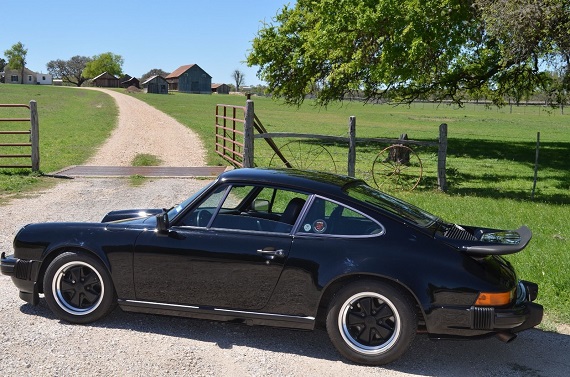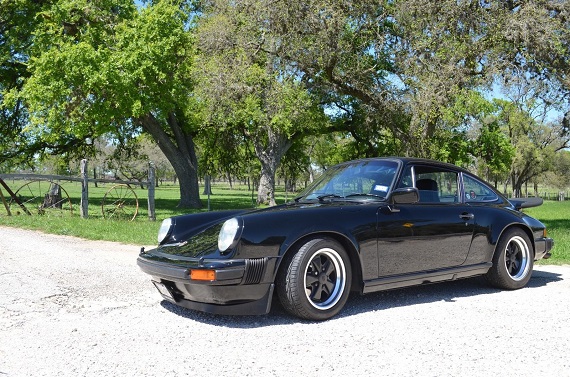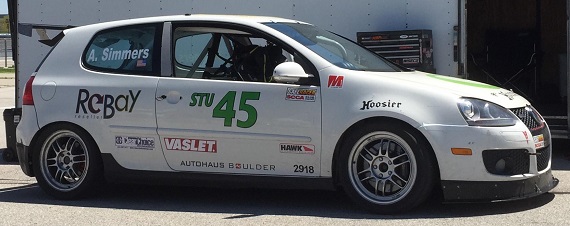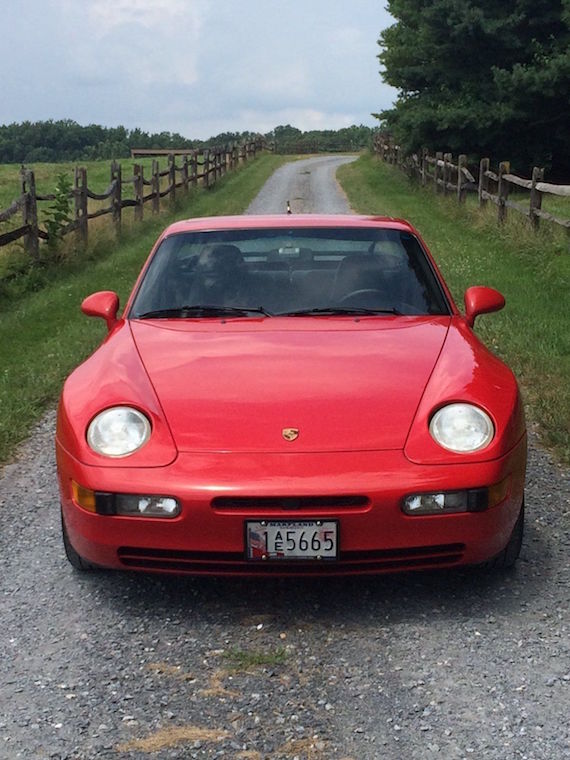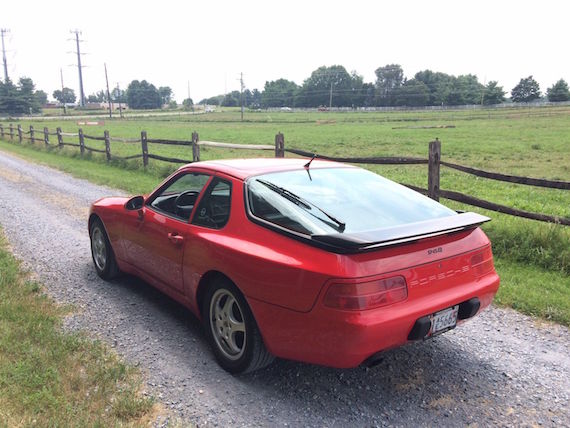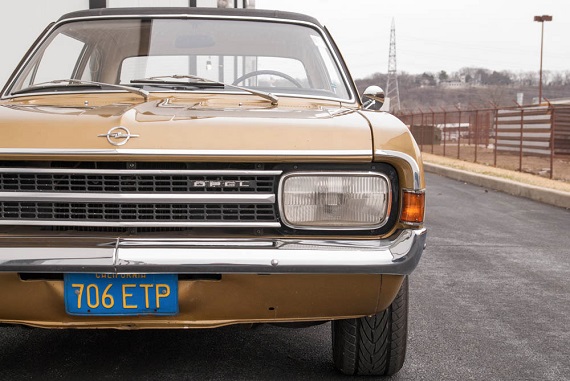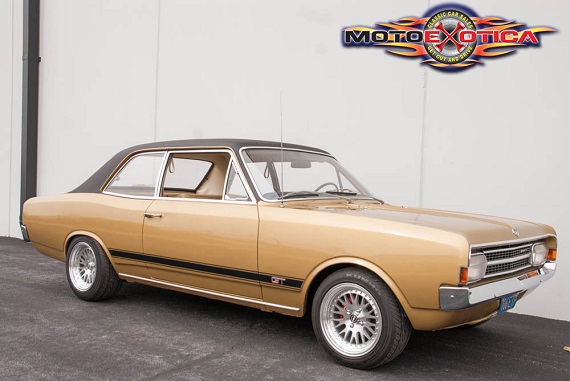One of the things I enjoy most about Porsches – beyond their brilliant mechanical abilities – is the possibilities available to buyers. Porsche is happy to provide its customers with just about any color combination or pattern, along with a host of options, through Porsche Exclusive. Granted, there typically is significant cost to those options, but as someone principally eyeing the second-hand market all of that variability keeps things interesting. One of my favorite options has been seat inserts. In some cases these are fairly standard solid colors that provide contrast with the rest of the interior. But Porsche has also offered other choices. My favorite is houndstooth, which we mostly see on early 911s, though it was revived most recently on the 50th Anniversary 911. That interior is spectacular. For those who desire something even more eye-catching, Porsche has also offered a variety of tartan seat inserts. If memory serves, I’ve only seen these on Porsches from the ’70s. They certainly won’t appeal to everyone and I’ll admit some of them don’t work, but in a few cases they look great and provide for an interior that has a lot more going on than the standard monochrome we typically see. The example we see here came with just such an interior: a Black 1976 Porsche 911 Carrera 3.0, located in Texas, with around 94,000 miles on it.
Month: March 2016
There are some (quite a large number, in fact) who claim you can’t have fun on a race track in a front wheel drive car. I know quite a few of them. And in the wrong front driver, they’re likely right. Take a 1976 Cadillac Eldorado with its 8.2 liter V8 channeled through one front tire at any time and enough body roll to mimic a rowboat during Katrina and the recipe might be humorous, but doubtfully fun. However, 1976 also saw the introduction of a revolution in front drive platforms – the very first Golf GTi. Consider, for a moment, that GM’s replacement in 1977 for the thirsty 8.2 V8 was a every-so-slightly less thirsty 7.0 liter V8 (it was, after all, fuel crisis time….). That cast iron monster produced a heady 180 horsepower. Volkswagen engineers took a inline-4 with only 1.6 liters and twisted 110 horsepower out of it in a car that weighed about the same as the motor in the Cadillac. That was the magic of the GTi and it’s why it started the trend of hot front wheel drive cars that still is running arguably stronger than ever today. With clever transmissions, electronics and differentials, perceived weaknesses in the design have been nearly eliminated and most of the really trick nose FWD cars are as quick – if not quicker in some cases – than their rear-drive counterparts around a track. Therefore racing FWD cars is still a popular past time as today’s quite successful GTi is a testament to:
CLICK FOR DETAILS: 2007 Volkswagen GTi on Racer Connect
Comments closedThe year 1995 was one that sticks out in the mind of many Porsche enthusiasts, as this would be the final year the company would offer its front-engined sports cars, the 968 and 928. The Boxster would appear shortly thereafter, targeted towards those individuals looking for something a bit more affordable than the 911. After this, a water-cooled engine would enter the equation with the new for 1999 911. Several years later, the Cayenne SUV would appear, shocking many a Porsche purist. In just one decade, the Porsche portfolio would almost become unrecognizable to the one we knew from the 1980s and early 1990s. I’m not going to sit here and deride the current Porsche product lineup, because its full of fine cars that pay the bills. However, there’s a reason why vintage Porsches are soaring in the collector market. And likewise, interest in the last of the four-cylinder, front-engined Porsches has recently taken off. This example for sale in Maryland is a final year 968 equipped with the preferred 6-speed manual gearbox.
CLICK FOR DETAILS: 1995 Porsche 968 on eBay
4 CommentsI know what you’re saying. “Carter, that Opel from last week was boring”. Okay, how about two Opel Rekord C models in a week, then? That’s got to be worth something? As with the last example, this blandish late 1960s-early 1970s GM/Opel coupe has been presented in all the brown color spectrum – but in this case, it’s an all-gold affair, as the matching tan cloth interior provides continuity to the gold exterior. But with some shiny details and ridiculously low mileage, isn’t it worth a look?
CLICK FOR DETAILS: 1970 Opel Rekord C 1900 on eBay
1 CommentWhen considering the large BMWs that preceded the 7-series, most in the U.S. will only remember the Bavaria like the 1974 example Paul wrote up the other day. But before the name Bavaria tipped its hat on these shores, BMW was importing both 2500 and 2800 sedans of the New Six platform. The E3 isn’t usually a fan favorite but it really did pave the way for models like the later 5 and 7-series cars; luxurious, sporting sedans. Largely forgotten and with most rusted to oblivion, today we have a neat 2800 that really ups the sport quotient of the E3:
